The One-Year Mission
The One-Year Mission
First off, what is the One-Year Crew? Obviously, they’re doing something for a year, but what, and why?
Two crew members on the International Space Station have just met the halfway point of their year in space. NASA Astronaut Scott Kelly and Russian Cosmonaut Mikhail Kornienko are living in space for 342 days and will help us better understand the effects of microgravity on the human body.
Why 342 days and not 365? Thought you might ask. Due to crew rotation schedules, which involve training timelines and dictate when launches and landings occur, the mission was confined to 342 days. Plenty of time to conduct great research though!

The studies performed throughout their stay will yield beneficial knowledge on the medical, psychological and biomedical challenges faced by astronauts during long-duration spaceflight.
The weightlessness of the space environment has various effects on the human body, including: Fluid shifts that cause changes in vision, rapid bone loss, disturbances to sensorimotor ability, weakened muscles and more.
The goal of the One-Year Mission is to understand and minimize these effects on humans while in space.
The Twins Study

A unique investigation that is being conducted during this year in space is the Twins Study. NASA Astronaut Scott Kelly’s twin brother Mark Kelly will spend the year on Earth while Scott is in space. Since their genetic makeup is as close to identical as we can get, this allows a unique research perspective. We can now compare all of the results from Scott Kelly in space to his brother Mark on Earth.
But why are we studying all of this? If we want to move forward with our journey to Mars and travel into deep space, astronauts will need to live in microgravity for long periods of time. In order to mitigate the effects of long duration spaceflight on the human body, we need to understand the causes. The One-Year mission hopes to find these answers.
Halfway Point

Today, September 15 marks the halfway point of their year in space, and they now enter the final stretch of their mission.
Here are a few fun tidbits on human spaceflight to put things in perspective:
1) Scott Kelly has logged 180 days in space on his three previous flights, two of which were Space Shuttle missions.
2) The American astronaut with the most cumulative time in space is Mkie Fincke, with 382 days in space on three flights. Kelly will surpass this record for most cumulative time in space by a U.S. astronaut on October 16.
3) Kelly will pass Mike Lopez-Alegria’s mark for most time on a single spaceflight (215 days) on October 29.
4) By the end of this one-year mission, Kelly will have traveled for 342 days, made 5,472 orbits and traveled 141.7 million miles in a single mission.
Have you seen the amazing images that Astronaut Scott Kelly has shared during the first half of his year in space? Check out this collection, and also follow him on social media to see what he posts for the duration of his #YearInSpace: Facebook, Twitter, Instagram.
Make sure to follow us on Tumblr for your regular dose of space: http://nasa.tumblr.com
More Posts from Lanas-own-blog and Others







Geometry and symmetry in plants, part 2
See the full thread here

Incredible “EPIC” View Of The Moon Passing In Front Of The Earth
This is real, folks. It is not a computer-generated animation. NASA’s DSCOVR (Deep Space Climate Observatory) satellite took these incredible shots on July 16 using its Earth-facing EPIC camera from its vantage point between the Earth and the Sun, a million miles away!
DSCOVR sits at what’s known as the L1 Lagrangian point, where the gravitational pull of the Earth and Sun balance out in such a way that satellites positioned there can remain in stable orbit while using minimal energy:

Image: NASA/NOAA
This view of the far side of the Moon reminds us that it is anything but dark. The Moon is tidally locked, meaning that we see the same face all the time, but the sun regularly shines on the side that we don’t see (we’re just seeing a new or crescent moon when that happens). The far side also lacks the dark plains, or maria, that texture the Earth-facing side, made of basalt laid down by ancient lunar lava flows, reminding us that our lunar satellite has a complex geologic history:









An Adaptable Species: Part 1 of 4 Episode 11: The Immortals, Cosmos: A SpaceTime Odyssey

Charon from a different angle
via reddit
The NASA “Worm” Logo
Just like many organizations, the style and logos can change over time. You are probably most familiar with our “meatball” logo. No, unfortunately this does not refer to the delicious food. This logo (below) is our most popular symbol, and dates back to 1959.
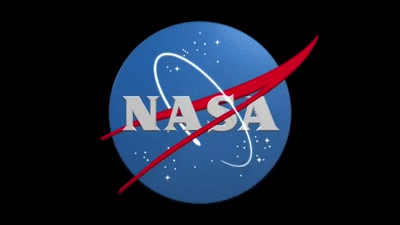
But, we’ve also had other insignia that represented our organization throughout the years.
The “worm” logo (below) was used by the agency from 1975 until 1992. The organization wanted to create a more “modern” logo, which resulted in the unique type style of the “worm” logo.

Even though this logo was retired in 1992, the Graphics Standards Manual is still available online HERE.
You can also read up about the emblems, logos and insignia used by NASA throughout the years in a new e-Book available for free HERE.
Make sure to follow us on Tumblr for your regular dose of space:http://nasa.tumblr.com


Filming a rainbow when suddenly.
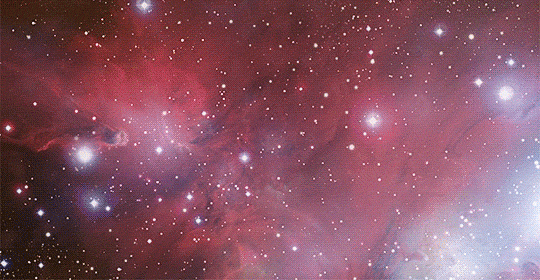
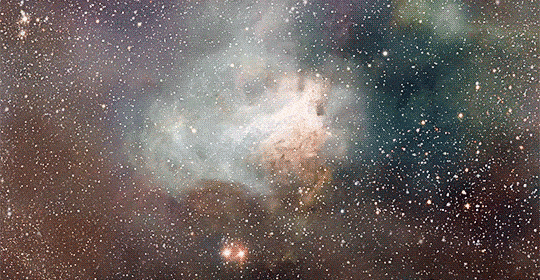
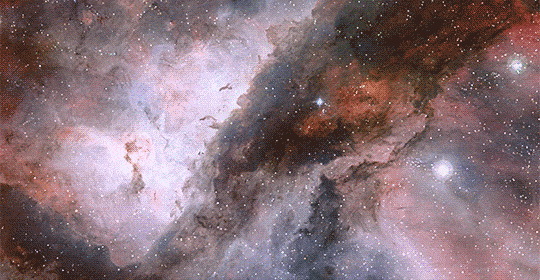

Flying Across The Universe Part 2 (From Top to Bottom: Cone Nebula, Omega Nebula, Carina Nebula, and Lupus 3)
(Part 1)
Credit: ESO.org
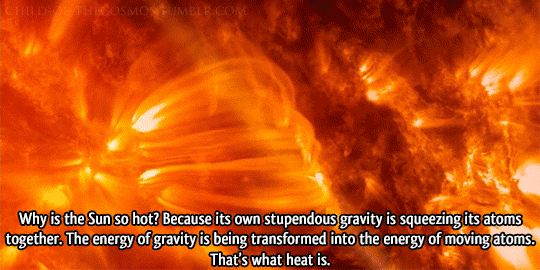

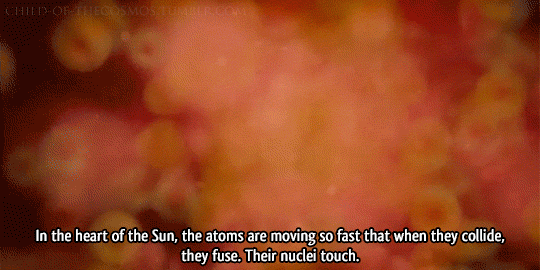
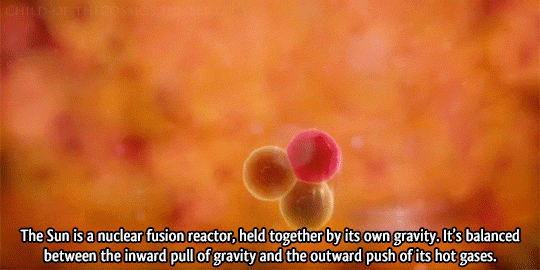
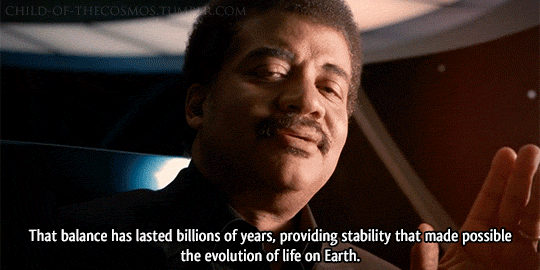
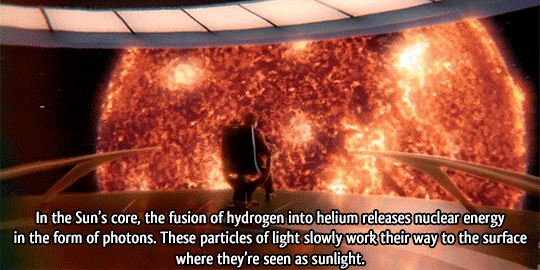
The Atom: Part 4 of 5 (Part 1, Part 2, Part 3) Episode 6: Deeper, Deeper, Deeper Still, Cosmos: A SpaceTime Odyssey
-
 sweetbutterbliss liked this · 2 months ago
sweetbutterbliss liked this · 2 months ago -
 warriorsacrifice reblogged this · 5 years ago
warriorsacrifice reblogged this · 5 years ago -
 nycronin1 liked this · 7 years ago
nycronin1 liked this · 7 years ago -
 i-will-find-an-untaken-url reblogged this · 8 years ago
i-will-find-an-untaken-url reblogged this · 8 years ago -
 i-will-find-an-untaken-url liked this · 8 years ago
i-will-find-an-untaken-url liked this · 8 years ago -
 bel-chiaro-di-luna reblogged this · 9 years ago
bel-chiaro-di-luna reblogged this · 9 years ago -
 camissa-blog reblogged this · 9 years ago
camissa-blog reblogged this · 9 years ago -
 camissa-blog liked this · 9 years ago
camissa-blog liked this · 9 years ago -
 abhinavbhatt liked this · 9 years ago
abhinavbhatt liked this · 9 years ago -
 unknown-pavery-blog reblogged this · 9 years ago
unknown-pavery-blog reblogged this · 9 years ago -
 fayettebelle reblogged this · 9 years ago
fayettebelle reblogged this · 9 years ago -
 khaled-taleb-blog liked this · 9 years ago
khaled-taleb-blog liked this · 9 years ago -
 sheepdog556 liked this · 9 years ago
sheepdog556 liked this · 9 years ago -
 amy-in-wonderland reblogged this · 9 years ago
amy-in-wonderland reblogged this · 9 years ago -
 migd09-blog liked this · 9 years ago
migd09-blog liked this · 9 years ago -
 migd09-blog reblogged this · 9 years ago
migd09-blog reblogged this · 9 years ago -
 ponder-peace liked this · 9 years ago
ponder-peace liked this · 9 years ago -
 photoshopped-mindpalace liked this · 9 years ago
photoshopped-mindpalace liked this · 9 years ago -
 katdolores10 liked this · 9 years ago
katdolores10 liked this · 9 years ago -
 megancrtr reblogged this · 9 years ago
megancrtr reblogged this · 9 years ago -
 lobsterism reblogged this · 9 years ago
lobsterism reblogged this · 9 years ago -
 pearalu liked this · 9 years ago
pearalu liked this · 9 years ago -
 cinema-chimera liked this · 9 years ago
cinema-chimera liked this · 9 years ago -
 fillefantome19 liked this · 9 years ago
fillefantome19 liked this · 9 years ago -
 kamiraylynn liked this · 9 years ago
kamiraylynn liked this · 9 years ago -
 justoverthinkingagain reblogged this · 9 years ago
justoverthinkingagain reblogged this · 9 years ago -
 catdammit reblogged this · 9 years ago
catdammit reblogged this · 9 years ago -
 flappy-happy-bob reblogged this · 9 years ago
flappy-happy-bob reblogged this · 9 years ago -
 natsu-yume liked this · 9 years ago
natsu-yume liked this · 9 years ago -
 things-to-post reblogged this · 9 years ago
things-to-post reblogged this · 9 years ago -
 aegistheia reblogged this · 9 years ago
aegistheia reblogged this · 9 years ago -
 buildingbirbhouses reblogged this · 9 years ago
buildingbirbhouses reblogged this · 9 years ago -
 cluelessmage reblogged this · 9 years ago
cluelessmage reblogged this · 9 years ago -
 brunorpr22 liked this · 9 years ago
brunorpr22 liked this · 9 years ago -
 zen-waves liked this · 9 years ago
zen-waves liked this · 9 years ago -
 miss-olivia-cellophane reblogged this · 9 years ago
miss-olivia-cellophane reblogged this · 9 years ago -
 young-afro reblogged this · 9 years ago
young-afro reblogged this · 9 years ago -
 young-afro liked this · 9 years ago
young-afro liked this · 9 years ago -
 king-in-yellow reblogged this · 9 years ago
king-in-yellow reblogged this · 9 years ago -
 haycartsflowercarts reblogged this · 9 years ago
haycartsflowercarts reblogged this · 9 years ago -
 haycartsflowercarts liked this · 9 years ago
haycartsflowercarts liked this · 9 years ago -
 lysapadin reblogged this · 9 years ago
lysapadin reblogged this · 9 years ago -
 amparorapmamparo liked this · 9 years ago
amparorapmamparo liked this · 9 years ago -
 grabgarten liked this · 9 years ago
grabgarten liked this · 9 years ago
I've had lots of blogs in the past, but this one I'm actualy excited to share with people.
68 posts